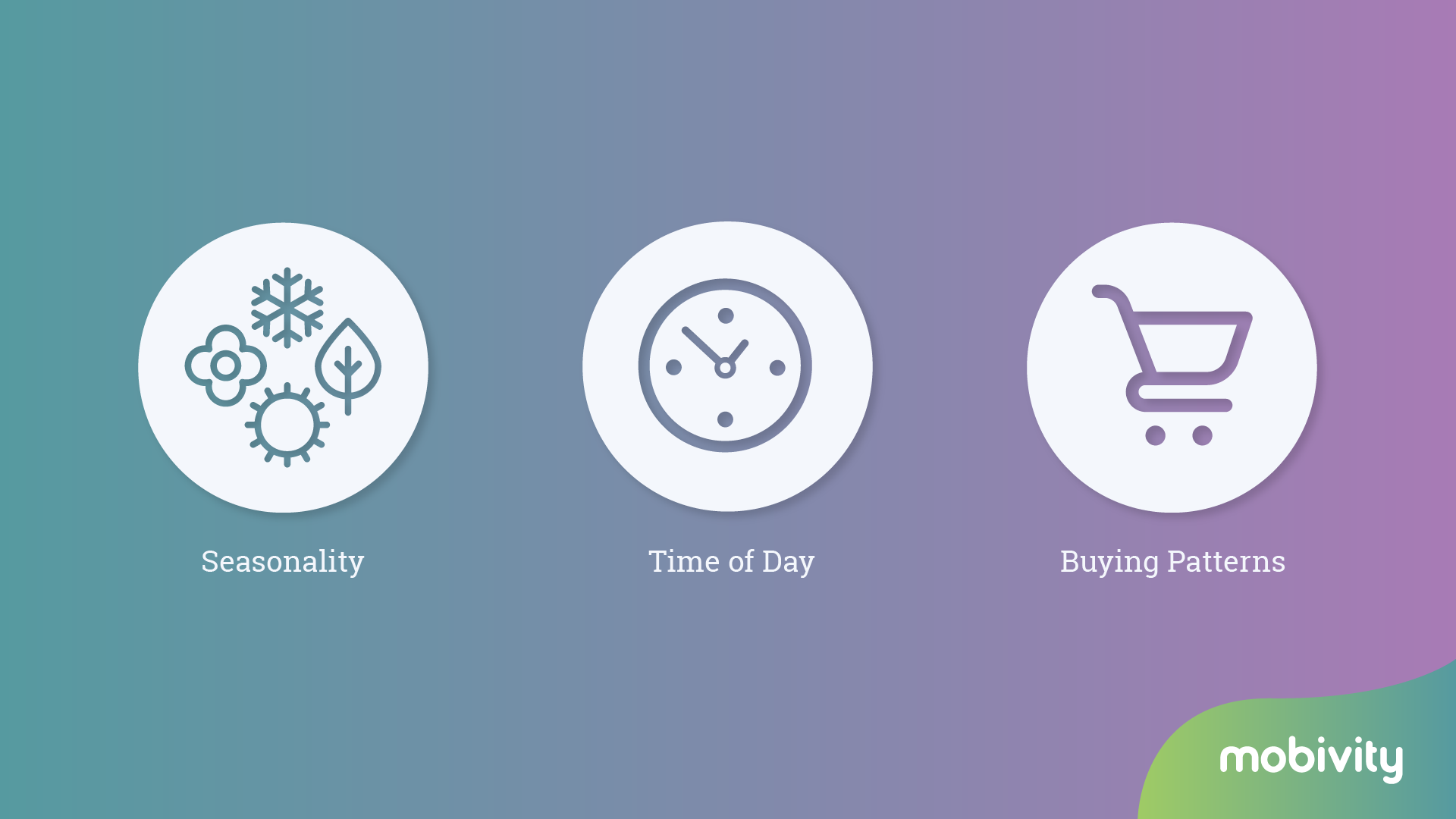In the restaurant industry, customer engagement refers to the connections a business makes with their guests. No matter the communication channel, brands must understand their customers’ preferences to avoid annoying them with repetitive, dull, impersonal, or too frequent messages that do not add value to their lives.
To have truly effective engagement, businesses need to get to know their customers, and their customers’ spending habits. Capturing data at the POS-level has made it easier for restaurants to identify trends that allow them to engage more effectively. To make the best use of the data collected at your restaurant, we’ve identified three ways to enhance the conversations you have with your customers.
1 – Capitalize on Seasonality
It sounds simple, but one of the best ways to stay top-of-mind with your customers is capitalizing on the trends happening during different seasons. Let’s break it down. You know that with summer just around the corner, your customers will be looking to cool off. Why not help them beat the heat with a cold treat? For example, this summer Orange Leaf Frozen Yogurt is adding smoothies and shakes as a way to expand beyond the standard self-serve cup. “Summer is the perfect time to launch these new products,” said Orange Leaf Marketing Director Kristen Campbell, “and we’re thrilled to engage our guests in a fun, new way.” The next time the thermostat reads 104 degrees, send a message to your customers reminding them that your slushies are the best (and the biggest) in town. They’ll be thankful for the added value your brand provided on a day when they were already feeling amped for summer.
“Summer is the perfect time to launch these new products,” said Orange Leaf Marketing Director Kristen Campbell, “and we’re thrilled to engage our guests in a fun, new way.”
But this is just one example of the countless ways to drive seasonal engagement. This fall, promote pumpkin-flavored-anything (trust us, it just works). When winter rolls around, people will be wondering what present to buy their loved ones for Christmas. Why not a gift card to your restaurant? Stay relevant and useful for your customers by contacting them when they might need you most.
2 – Understand Time of Day
Updating your marketing offers based on the time of year is an easy way to relate to customers, but you can get even more granular by changing the way you communicate to customers based on time-of-day as well. When executed strategically, the time of day you reach out to your customers could get them to return more frequently.
For example, your customers typically have patterns related to what time of day they visit your restaurant. On weekdays, there’s probably a standard early morning and lunch crowd of busy office employees kicking off their morning with a bagel or grabbing a quick lunch in between meetings. Sending a message to your early morning visitors promoting your lunch special may entice them to stop in again later that day. Or, if you send a weekend promotional message to your weekday lunch visitors, you might be able to get them to come in on a day they normally wouldn’t. Take it even further by attempting to create an entirely new day-part to bring your customers back, like Taco Bell’s since-abandoned Fourth Meal campaign. At the end of the day, it’s all about finding what triggers your customers to visit your locations, even at times that aren’t normally part of their routine.
3 – Be Aware of Buying Patterns
Personalization is powerful in targeting today’s shoppers; in fact, it’s starting to become expected. One easy way to make your customers feel like you’re catering to their needs is by analyzing what they buy to make suggestions based on those preferences.
If you take time to analyze your sales data and notice that your morning customers tend to buy coffee without any of your delicious food offerings, use this knowledge to suggest a muffin with flavor notes that pair well with your most popular roast! The possibilities can seem endless, and data is your friend in finding a way to build customer groups that may be willing to try something new that your brand has to offer.
Now You Try
Implementing one or all of these tactics will undoubtedly help you improve the communications you send to engage with your customers, and ultimately help drive results for your bottom line. Experiment with these ideas and make moves based on what will work best for your brand. The key is to know what message to put out there, and to use data to help you make informed decisions.

